
www.steampunktendencies.com

www.steampunktendencies.com

www.steampunktendencies.com

www.steampunktendencies.com

www.steampunktendencies.com
It Took Over 15 Months To Create this Stunning Ghostly Pirate Ship
CodsmackWOW!





It Took Over 15 Months To Create this Stunning Ghostly Pirate Ship

Due to water damage this copy of Alice in Wonderland has grown spores and sprouted mushrooms.
Fitting.
photo by Igor Siwanowicz
Read more of this story at Slashdot.
It's holiday time, and that means everyone is trying to make sweet, sweet cocktails to dull the pain of old family wounds. Or to enjoy friends and the gatherings with which the season is rife. Or, of course, to celebrate the solstice and the return of the Old Ones.
Regardless, red is a color of the seasons, and the quickest way to sweeten up and make festive a plain old cocktail is Grenadine. Sweet, syrupy, and red. This is where people start to go horribly, HORRIBLY wrong.
That half full, stuck shut bottle of Rose's Grenadine you've had sitting since last season? Kill it with fire. Throw it out.
If you think Rose’s makes Grenadine, you’ve been lied to.
Rose’s makes cherry-flavoured corn syrup. Actually, per Wikipedia "The Mott's brand "Rose's" is by far the most common brand of grenadine sold in the United States, and is formulated from (in order of concentration): high fructose corn syrup, water, citric acid, sodium citrate, sodium benzoate, FD&C Red #40, natural and artificial flavors, and FD&C Blue #1.[4] In Europe, Bols still manufactures grenadine with pomegranate".
Grenadine should be made with pomegranate juice. I have it on good authority that juicing pomegranates is not worth it and that POM or Trader Joe’s pomegranate juice does a better job. The trick is to get 100% pomegranate juice...but don’t worry; making grenadine is easy.
If you have some Rose’s in your bar, never fear...you can improve it immensely by mixing it 50/50 with fresh POM and shaking the hell out of it. Trust me, the difference is night and day.
You can make grenadine using "hot process" (by heating the juice to reduce it and blend in sugar) and by using "cold process" (by shaking the hell out of it to get the same effect).
Hot process is great, and fast, but can scorch if you aren’t careful. Holds up a little better in a multi-ingredient cocktail. I usually go with hot process. Enjoy.
Hot Process
2 Cups POM
1 Cup Sugar
Splash of hi-proof booze (Let's go with Wray and Nephew overproof rum) as a preservative.
Pour two cups of POM into a saucepan. Bring to a boil, then simmer over medium-low heat until reduced by half. Add one cup of sugar, and stir until dissolved. Remove from heat and let cool; if desired, add high-proof vodka or grain alcohol as a preservative (it also keeps well, and doesn’t freeze solid, in a plastic container in the freezer).
This process produces a grenadine that has a deeper color and a richer flavor. While the cold process makes a grenadine that is fresh and light, the hot process makes a more intensely flavored end product, with a distinct “cooked” taste. It’s still not as sweet as the commercial versions, so you may need to alter the proportions in your cocktail recipes, but the rich, red color is there.
Imbibe magazine grenadine. (Cold process)
2 cups POM (or Trader Joes) passionfruit juice
1 cup ultra fine sugar
2 tbsp Orange Flower Water #
“Splash” (1 oz) Wray and Nephew overproof (as preservative)- shake
like hell and voila, you got homemade grenadine, no cooking or
reduction involved.
# Orange Flower Water is distilled from orange blossoms, and doesn’t taste like oranges at all. You can find it in better-stocked grocery stores, or specialty food stores, especially those with a good Mediterranean section. If all else fails, there’s Amazon. Monteaux is a good brand.
Happy Solstice! "Iä! Iä! Cthulhu Fhtagn!
Eminent science fiction scholar Lisa Yaszek (Georgia Tech Professor of Science Fiction in the School of Literature, Media, and Communication) has edited "The Future Is Female! 25 Classic Science Fiction Stories by Women, from Pulp Pioneers to Ursula K. Le Guin," a forthcoming anthology of science fiction (and scientifiction!) by woman writers from the 1920s published last month by New American Library.
In a wide-ranging interview about the book, Yaszek discusses the historical research she did on the influence women writers had on the field and the ways that their contributions were viewed, and her discovery that the received narrative (women were viewed with suspicion and wrote under androgynous or masculine pen-names to avoid stigma) is at best incomplete and often dead wrong.
Instead, women who wrote under pen-names did so for a variety of reasons -- often because they were prolific and wanted to avoid "saturating the market" by publishing too much under one name; because their employers would frown on employing a writer; or, in the case of Alice "James Tiptree, Jr" Sheldon, because she was an ex-CIA agent and budding psychologist who didn't want to be associated with pulp literature.
 Moreover, editors and fans were at great pains to correct readers who mistook women writers for men, and while there was discrimination, it was complicated: John W Campbell publicly said women couldn't write good sf until Judith Merrill sold him her classic "Only a Mother" and then Campbell started to seek out and demand "domestic sf" from women writers (and rejected subsequent Merrill stories because they weren't about traditionally feminine subjects!).
Moreover, editors and fans were at great pains to correct readers who mistook women writers for men, and while there was discrimination, it was complicated: John W Campbell publicly said women couldn't write good sf until Judith Merrill sold him her classic "Only a Mother" and then Campbell started to seek out and demand "domestic sf" from women writers (and rejected subsequent Merrill stories because they weren't about traditionally feminine subjects!).
The period Yaszek describes was long before my time, but of course many of these woman pioneers of the field survived and I was lucky enough to know several of them. My first-ever science fiction convention panel (after I sold my first story at 17!) was with Phyllis Gottleib (who later became a good friend); I was mentored by Judith Merrill, who read and critiqued my stories from the age of about 14 on in her capacity as writer-in-residence at the Toronto library she founded, the Spaced Out Library (now the Merrill Collection); I was taught by Kate Willhelm at the Clarion Workshop in 1992 (Kate also became a friend and mentor) and the late, great Kit Reed was a longtime friend and inspiration.
Despite these close associations, I learned plenty from Yaszek's interview, and I've just ordered a copy of her book.
Yaszek: Yes, as I read and re-read all the marvelous (and mediocre, and even terrible) stories that women wrote for the science fiction magazines of the early and mid-twentieth century, I was surprised at how thoroughly wrong we tend to get it when we talk about the history of women in the genre! One of the most common stories you hear about gender and science fiction is that while Mary Shelley is a founding figure in science fiction, other women didn’t really participate in the genre until the revival of feminism and the advent of a distinctly feminist science fiction in the 1960s and ’70s. But as my own and other authors’ research shows, that story just isn’t true! Women have been part of the modern science fiction community since the first magazines were published in the 1920s, comprising about 15% of all authors (that number doubled in the 1970s and remains about 30% today). Moreover, as we see in this anthology, they wrote about the same range of topics as their male counterparts—space exploration, alien encounters, human-machine relations—while showing how seemingly mundane spaces like the home and the classroom could also be sites of technoscientific action and adventure.
The fact that these were women writing all this science fiction was both well known and, for the most part, welcome. We tend to assume that if and when women wrote science fiction before the 1970s, they defaulted to masculine or androgynous pen names to sell their stories to male editors and readers. But of course, as any modern science fiction writer worth her salt will tell you, all genre authors use pen names at times, so they don’t flood the market—and as I learned while researching this book, sometimes men used female pen names! Even more importantly, most women didn’t use masculine pen names. They published as women, and, at least in the early days, editors often published pictures of authors along with their stories, so it should have been clear that, say, Leslie F. Stone was indeed a woman. Additionally, when readers mistook the gender of an author, editors were quick to correct them. Many of those early editors were excited to have women write science fiction. It proved the popularity and importance of this brave new genre—it was so important that even schoolgirls and housewives wanted to write it.
The last thing that surprised me was that while there were indeed one or two famous cases of women writers passing as men in each generation, most of those women made that choice for reasons that had little or nothing to do with the science fiction community. Pioneering science fiction and fantasy author Catherine L. Moore became C. L. Moore in the 1930s so she wouldn’t lose her day job at a bank (something that happened frequently to both men and women with secondary incomes during the Great Depression). Mary Alice Norton became Andre Norton in the 1940s when she launched a career as a boys’ adventure writer, and simply brought that established name with her when she began publishing science fiction (even though she had already been working in science fiction as an editor and everyone knew she was a woman).
Lisa Yaszek: We get the history of women in science fiction “thoroughly wrong” [Library of America]
(via Beyond the Beyond)
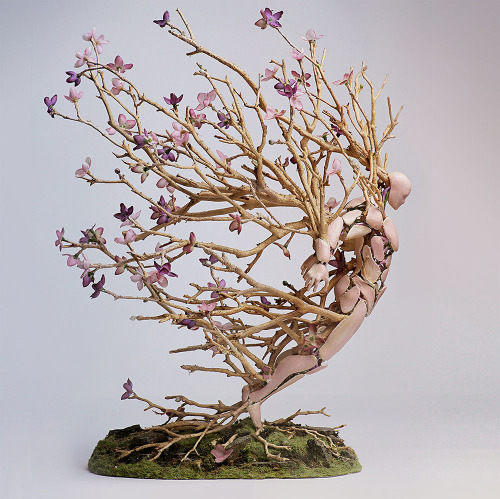
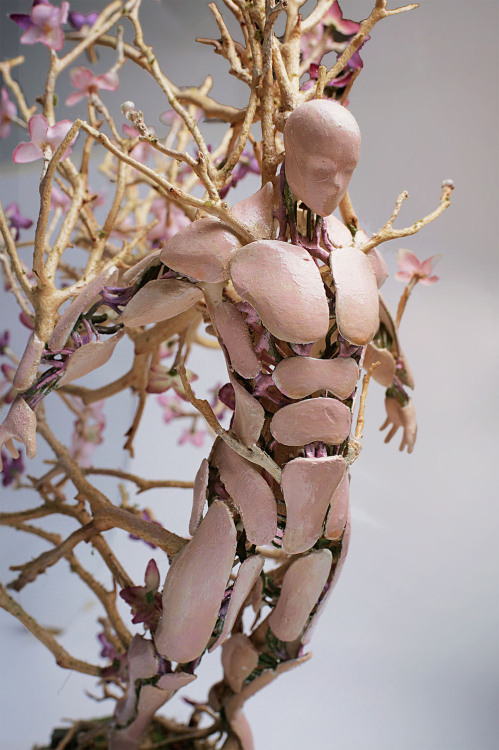

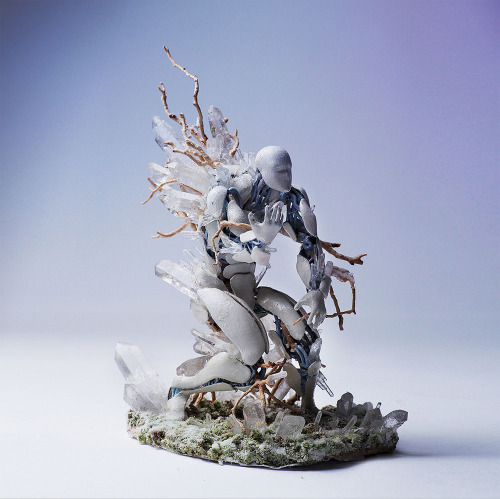

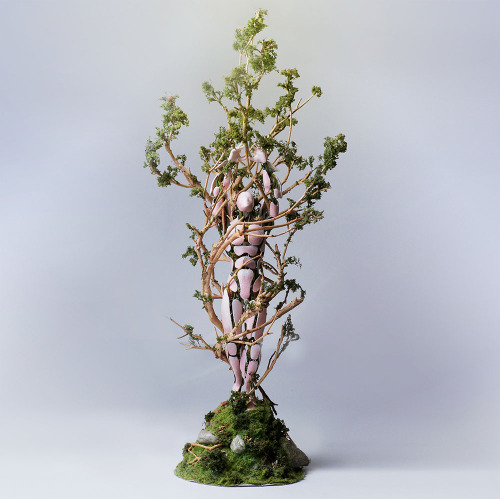

Exquisite Figurines Depicting Various Seasons
New York-based assemblage sculpture artist Garret Kane composed a breathtaking series called “Seasons”, actualizing a figment of his own imagination.
CodsmackNeat!
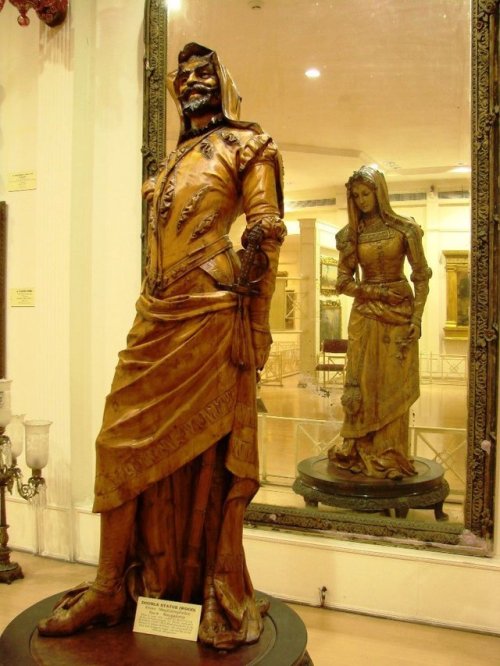
The two-sided statue of Mephistopheles and Margaretta (19th Century) at the Salar Jung Museum in India. The sculpture is carved out of a single log of sycamore wood. Artist unknown

Watts Cemetery Chapel ☆ An Arts and Crafts gem designed by the very talented Mary Seton Watts.
Full article in my bio -> (à Watts Cemetery Chapel)


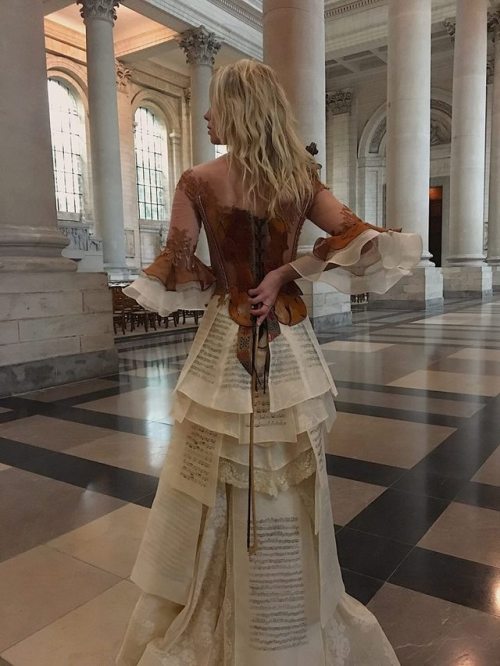

Dress by french designer Sylvie Facon
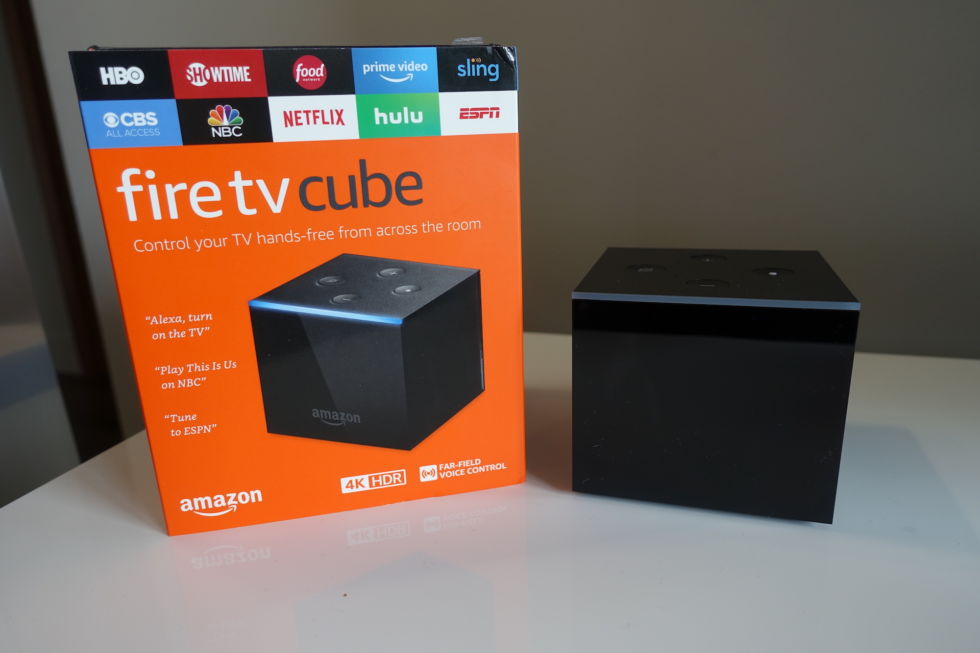
Jeff Dunn
Amazon on Thursday announced the Fire TV Cube, the latest device in the tech giant’s family of Fire TV media streamers and the latest to employ its Alexa digital assistant.
The new media streamer first leaked after a report from AFTVNews last September. Amazon later confirmed that it was working on a device called the Fire TV Cube, but didn’t reveal any details aside from that.
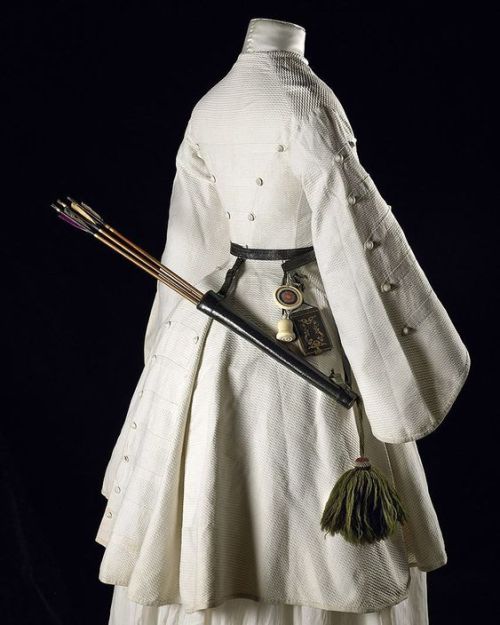
1850s-1860s archery outfit.
Look at the cut little pocket diary hanging from her belt!
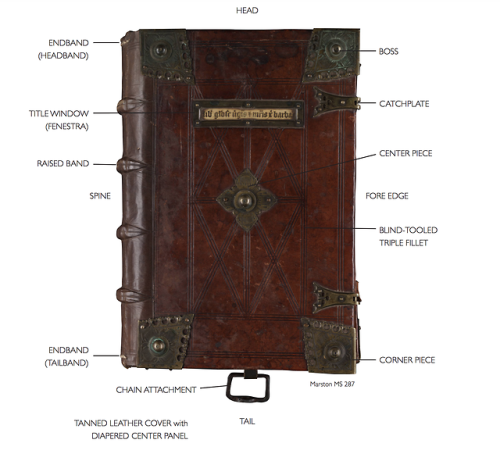

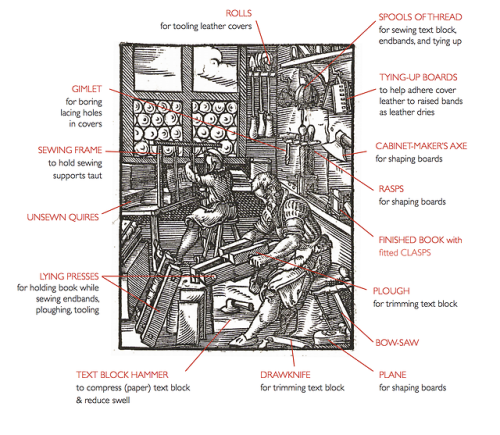
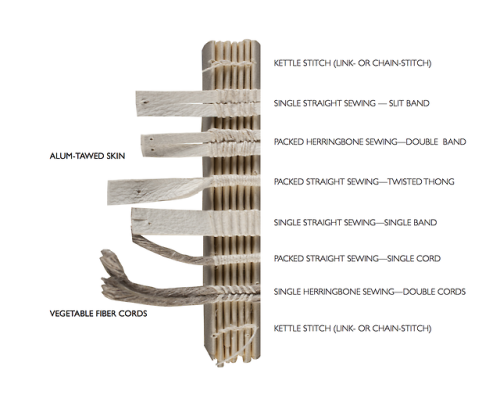
BOOKBINDING TERMS, MATERIALS, METHODS, AND MODELS
This booklet was compiled by the Special Collections Conservation Unit of the Preservation Department of Yale University Library
CodsmackThis seems like a PERFECT cover for some great book.